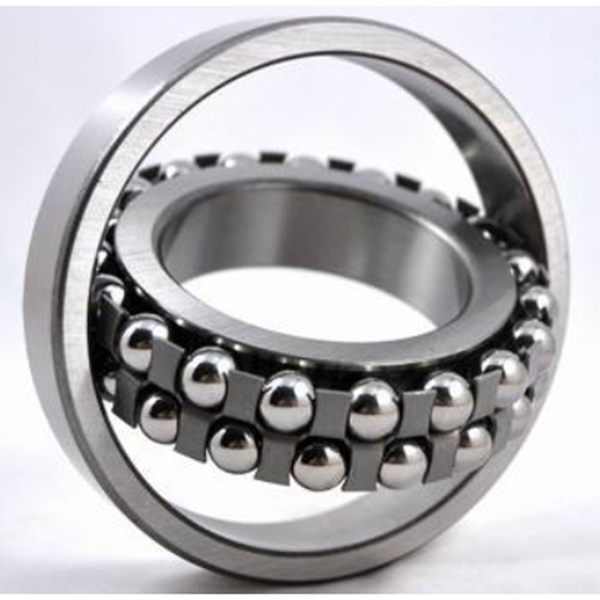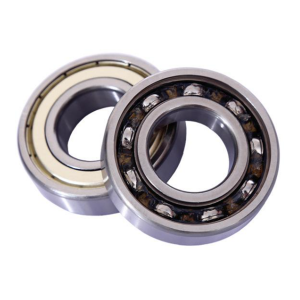Self-aligning Ball Bearing Single Row Double Row
Summarization
The self-aligning ball bearing has two structures of cylindrical hole and conical hole, and the material of the cage is steel plate, synthetic resin, etc. Its characteristic is that the outer ring raceway is spherical, with automatic centering, which can compensate for errors caused by non-concentricity and shaft deflection, but the relative inclination of the inner and outer rings should not exceed 3 degrees.
Use
Self-aligning ball bearings are suitable for industries such as heavy loads and shock loads, precision instruments, low-noise motors, automobiles, motorcycles, metallurgy, rolling mills, mining, petroleum, paper, cement, sugar, and general machinery.
Detail
C3: Radial clearance is greater than ordinary clearance
K: 1/12 taper taper hole
K30: 1/30 taper taper hole
M: Ball-guided machined brass solid cage
2RS: with sealing cover at both ends
TV: Steel Ball Guided Glass Fiber Reinforced Polyamide (Nylon) Solid Cage
Series
Micro Series: 10x, 12x, 13x
Universal Series: 12xx, 13xx, 22xx, 23xx
(1) Miniature bearings - bearings with a nominal outer diameter range of less than 26mm;
(2) Small bearings-----bearings with a nominal outer diameter range of 28-55mm;
(3) Small and medium-sized bearings - bearings with a nominal outer diameter range of 60-115mm;
(4) Medium and large bearings-----bearings with a nominal outer diameter range of 120-190mm;
(5) Large bearings-----bearings with a nominal outer diameter range of 200-430mm;
(6)Extra-large bearings-----bearings with a nominal outer diameter range of 440mm or more
There are many types and sizes of rolling bearings. In order to facilitate design and selection, the standard specifies the type, size, structural characteristics and tolerance level of rolling bearings with codes.
National standard: GB/T272-93 (depending on ISO) (replacing GB272-88), the composition of rolling bearing code is shown in the attached table. The code name of the rolling bearing is used to represent the structure, size, type, precision, etc. of the rolling bearing. The code is specified by the national standard GB/T272-93. The composition of the code:
Prefix code--indicates the sub-components of the bearing;
Basic code--indicates the main features such as the type and size of the bearing;
Post-code--indicates the accuracy of the bearing and the characteristics of the material.




